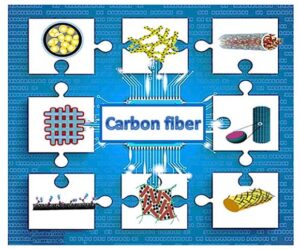Thermodynamic data for chemical reactions deals with the energy change in accordance with the laws of thermodynamics. This represents macroscopic properties of the system, that is the initial and final states not involving the mechanism. It is of great benefit to understand thermodynamic properties of chemical reactions for the development of chemical reactions theories and industrial practice.
Computational Strategies for Thermodynamic Data
Ab initio methods
We apply computational ab initio methods combined with the group contribution methods and group additive values to obtain thermodynamic properties of larger molecules with near chemical accuracy. Our scientists can use Ab initio calculation methods to obtain heats of formation and Gibbs free energies. In addition, we can also use ab initio molecular dynamics methods, which combine density functional theory with molecular dynamics techniques, to provide accurate predictions of the limit and direction for individual chemical reactions.
First-principles calculations
At Alfa Chemistry, we can perform the calculations of thermodynamic parameters based on first-principles methods together with the quasi-harmonic approximation. Heat capacity at constant volume and constant pressure, entropy, thermal expansion coefficient, isothermal bulk modulus, adiabatic bulk modulus are able to obtained. Moreover, our teams apply first-principles calculations to phase diagrams and to calculate various thermodynamic data, such as the formation enthalpy of compounds, enthalpy of mixing, heat of phase transformation, binding energy, etc.
Machine learning
We use machine learning prediction procedure to perform thermodynamic calculation with our database to reduce calculation time. The microstructure can be evaluated accurately by using machine learning parameter. In addition, our thermodynamics calculation consists of obtaining Gibbs free energy and chemical potential that are varied as functions of temperature and composition. Alfa Chemistry’ machine learning technique can be applicable to simulate non-equilibrium phase transformation of additive manufacturing condition with high numerical stabilization.
Hartree-Fock methods
Hartree-Fock methods are widely used to estimate thermodynamic properties and usually give better agreement with experimental data. Our groups use Hartree-Fock approaches to calculate various thermodynamic properties such as entropy, heat capacity of gases, for the interpretation of molecular spectra, calculations of bond length, bond angles, dipole moment and the under-standing of intermolecular forces.
CALPHAD method.
As a powerful tool to calculate phase diagrams, CALPHAD is employed to model thermodynamic properties for each phase and simulate multicomponent multi-phase behavior in complex systems. We perform CALPHAD for the calculation of thermodynamic quantities and simulation of phase transformations from free energy as a function of temperature, composition and pressure. Other properties such as atomic mobility, molar volume, thermal conductivity and diffusivity, viscosity and surface tension of liquids, electrical resistivity can also be obtained using our CALPHAD technology.














